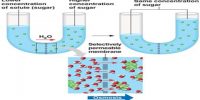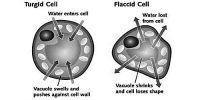Plants need to have Seventeen minerals for the sake of their healthy growth and development.
These seventeen minerals are mentioned below: Carbon (C), hydrogen (H), Oxygen (O). Nitrogen (N), Magnesium (Mg), Sulphur (S), Manganese (Mn), Copper (Cu), Zinc (Zn), Molybdenum (Md), Boron (B), Sodium (Na) and Chlorine (Cl).
- Nitrogen (N)- used in larger quantities than any other mineral nutrient.
- Phosphorus (P)- necessary for transfer of energy during metabolic processes (ATP)
- Potassium (K)- increases quality of fruits and vegetables
- Magnesium- a part of the chlorophyll molecule – essential in photosynthesis
- Sulfur (S)- present in the organic compounds that give the characteristic odors of onion, garlic, and mustard.
- Manganese (Mn)- activation of enzyme systems and chlorophyll synthesis

Source:
(i) Except Oxygen, Carbon and Hydrogen all other elements are absorbed by the plant from the soil.
(ii) Oxygen (O), Carbon (C), and Hydrogen (H) are absorbed from air.
Organs invoked in mineral absorption:
(i) Newly formed cells of the apical part of roots are responsible for mineral absorption.
(ii) Besides, root hairs are also responsible for absorbing a small amount of salt.















